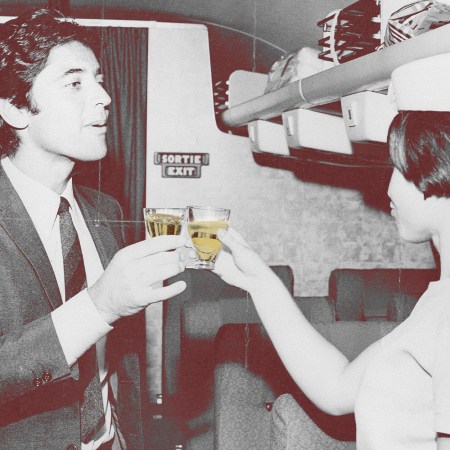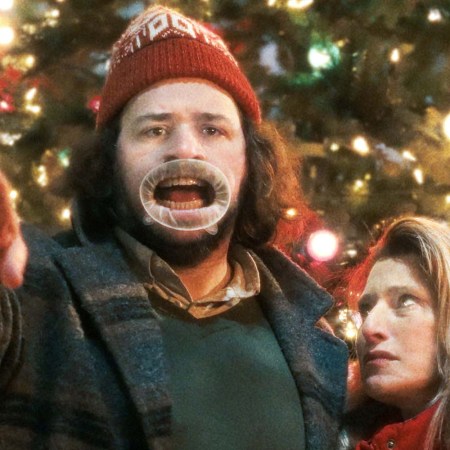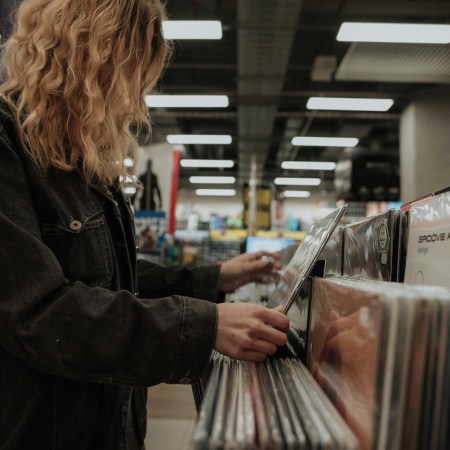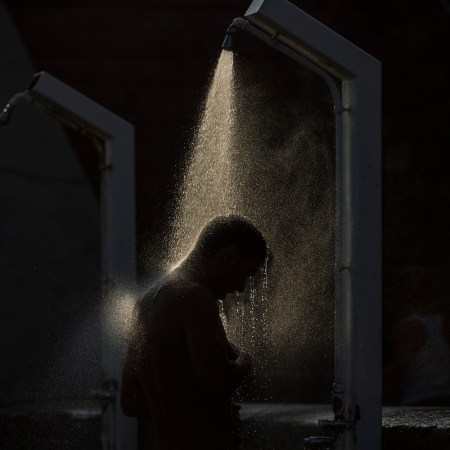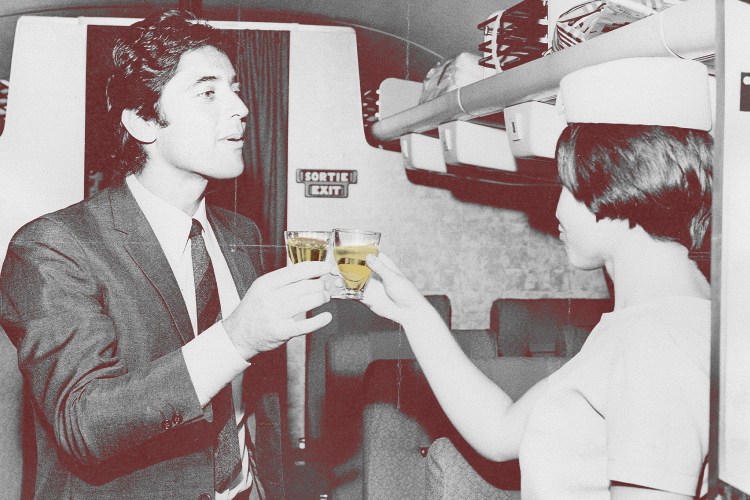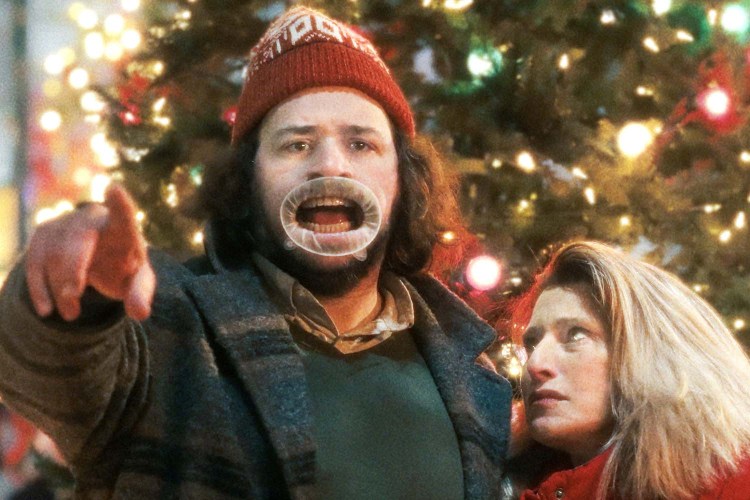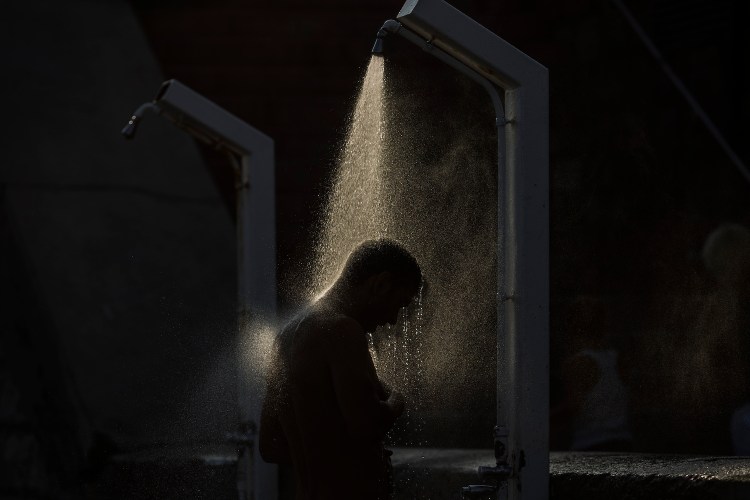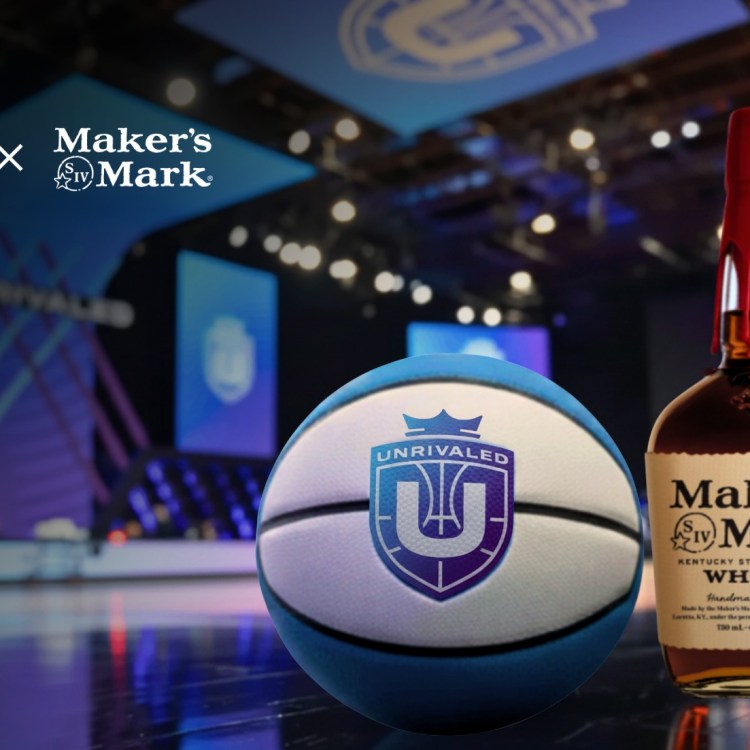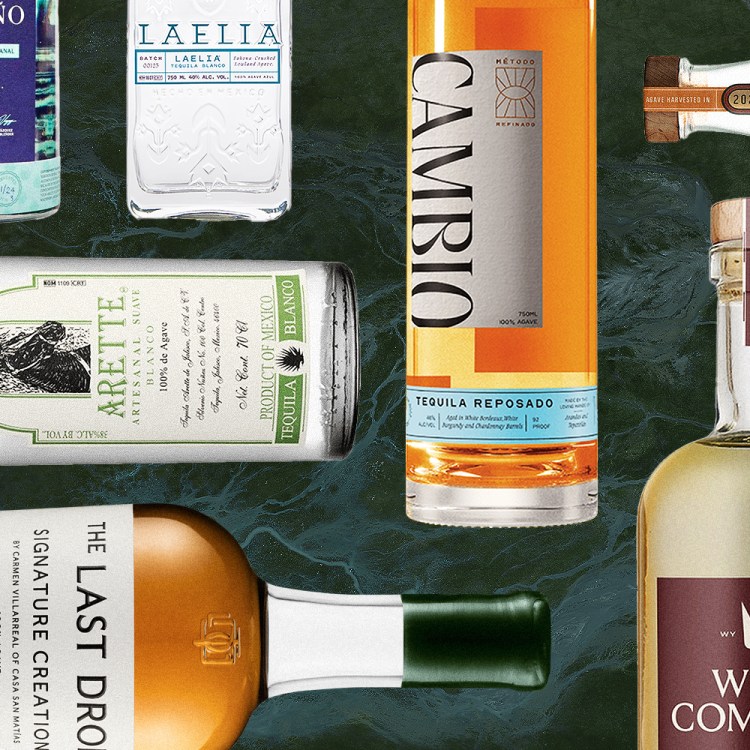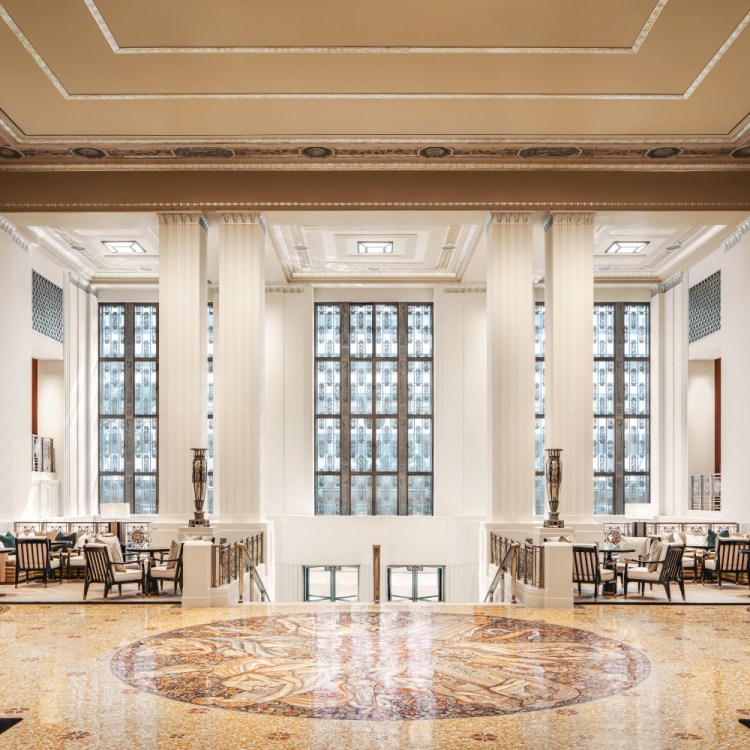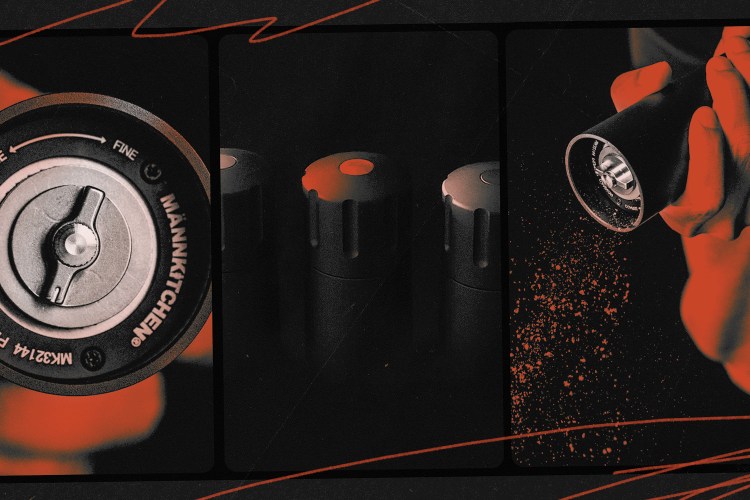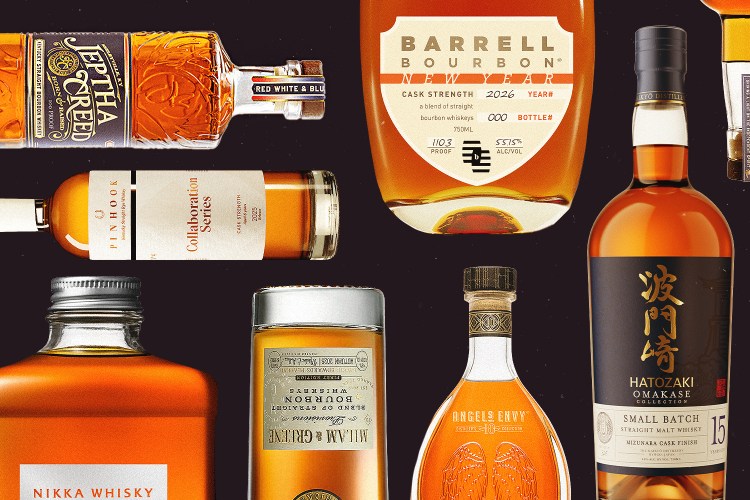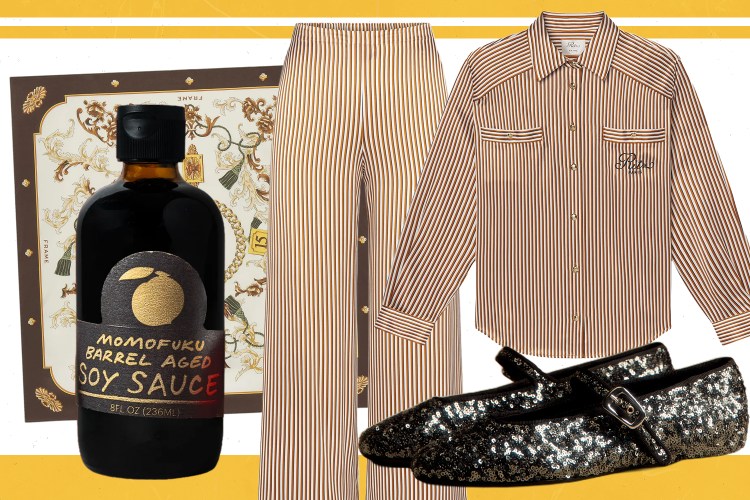There’s a lot of insider lingo when it comes to America’s Spirit, but we’re here to explain one of the most commonly used terms. From the very beginning of Kentucky bourbon, distilleries were assigned numbered permits in order of founding. When distilling permits began more than 200 years ago, the state boasted 2,000 operations, assigned in order of application. The state was broken up into districts and assigned Registered Distillery (RD) numbers during the Civil War to tax them, but this system proved to be confusing, as names were shared across county lines.
In 1956, the Internal Revenue Service set up offices in the state and redesignated the permits as DSP, or a distilling plant number. The number dwindled steadily over the years, especially as Prohibition shuttered many of the earliest distilleries in Kentucky. A 2018 report cited 68 licensed distilling operations in the state, including craft and industrial-scale distilleries. Newer operations like Angel’s Envy and Bulleit have DSP numbers in the five-figure range. Others flaunt their early DSP numbers proudly, claiming how far back they date as a marker of quality and longstanding tradition.
“Distillers think that a lot of consumers probably think it signifies the age of the distillery, and I suppose the distillers who promote their low numbers probably want the consumers to think that, but it’s not always the case,” says Brian Haara, a Louisville attorney and author of Bourbon Justice: How Whiskey Law Shaped America.

But many distilleries have changed hands multiple times, and older permits are used by newer companies. For example, Old Pogue in northern Kentucky opened in 1876 and has DSP-3; it changed hands before returning to the original family. Castle & Key’s distillery, formerly Old Taylor, has DSP-18, even though the modern brand was founded in 2014 and first had the number RD-53. And Kentucky Peerless, also revived in 2014, nabbed permit 50 in 1889 despite moving distillery locations. RD1 Spirits has the first registered distillery permit for Lexington (hence the name) from the former Ashland Distillery but started operations in 2020.
“[These distilleries have] realized the significance of having a low DSP number since they were resurrecting an old historical distillery,” Haara says. “When applying for a DSP, applying for their permit, they will get the number that is assigned to them by the Alcohol and Tobacco Tax and Trade Bureau unless they apply for a variance and give a reason for why they should have a lower DSP number that had been abandoned at some point in time.”
Geography Affects Whiskey Production More Than You Think
How a country’s climate and temperature influence what you taste in your dramTo claim one of these existing numbers, distilleries have to prove either a family connection, as with Old Pogue, or a property connection, like in the case of Castle & Key. And it seems that the interest in these lower numbers will continue.
So in short, no — a bourbon’s distillery permit number has little consequence these days in terms of showing a brand’s age or quality. But it’s an interesting way to trace the origins of the big names on the shelves of your local liquor store.
Every Thursday, our resident experts see to it that you’re up to date on the latest from the world of drinks. Trend reports, bottle reviews, cocktail recipes and more. Sign up for THE SPILL now.







